25000 TAGS
Long March Project: Building Code Violations III Special Economic Zone (Beijing)
Location: Long March Space, Beijing (formerly known as 25000 Cultural Transmission Center)
Duration: July 21 – August 26, 2018
Artists: John Gerrard, Ho Rui An, Liu Chuang, Lu Pingyuan, Long March Collective, SCV, Su Yu-Xin, The Otolith Group, The Shanzhai Lyric, Inga Svala Thorsdottir & Wu Shanzhuan, Wang Jianwei, Wang Zi, Yan Lei, Zheng Yuan
Curated by Long March Project

Click to get the Exhibition Brochure
“Long March Project: Building Code Violations III” is the latest installment of the exhibition series “Building Code Violations”, whose previous two iterations took place at Long March Space in 2006 and 2008. The exhibition takes the improvisational nature of building code violations in informal architecture as a metaphorical point of departure and assembles works that employ a variety of visual production methods to probe the political, social, economic and cultural realities of today.
In the exhibition’s context, “Building Code Violations” does not directly refer to a particular mode of architecture; instead, it is used as an umbrella term for the myriad forms of life that entail developing unconventional strategies to adjust to evolving social conditions. While these spontaneous architectures may be conceived as makeshift solutions to crises, the socioeconomic demand for flexibility and de-territorialization in our post-planned economy era has, rather curiously, given rise to a new norm marked by ubiquitous and complex types of violations. At the core of the exhibition series is the proposition that building code violations, which have hitherto been considered unorthodox, and formal building standards, which are generally regarded as the norm, should be understood in reverse terms today.
We suggest that this form of “permanent unorthodoxy” is also what underlies the acceleration of technology and capital flows in post-reform China, the paradigm case being the development of special economic zones.
Besides ushering in a paradigm shift in national economy, ideology, and ontology, economic reform in China is also almost unanimously regarded as the starting point of Chinese contemporary art. Yet the resulting categorical changes in China’s technological development and the movement of capital, as well as its peculiar temporality, are rarely reflected in epistemological terms in contemporary art practices. In this grand disequilibrium, the exhibition organizes works by 14 artists and collectives to speculate on the historical sensation of the reform. These immersive works strive to either trace China’s brief history of acceleration from a historical or speculative standpoint, or reevaluate the epistemic significance of the reform, giving recognizable shape to this abstract force.
Liu Chuang reinterprets the history of China’s economic reform through the speculative framework of Accelerationism.
John Gerrard’s phantom camera juxtaposes the crypto-current with the material current that powers it.
From abstraction to abstraction, Yan Lei renders the speed of invisible capital flows with his color The Fifth System.
Mineral consumption and circulation is also tracked. Wang Jianwei offers a reading of China’s industrial overcapacity, while Wang Zi uncovers the trauma of the Planet Earth.
Ho Rui An articulates how the inhuman velocity of finance is portrayed as “Asiatic.”
Through storytelling, Lu Pingyuan imbues ghosts with a new shell.
Audiovisual sampling: SCV use audiovisual sampling to observe the cultural reality of socialism, while the Shanzhai Lyric rethinks the shanzhai movement as a form of automated poetry.
Zheng Yuan investigates a defunct Chinese airline and how it stalled within historical circulation.
Inga Svala Thorsdottir & Wu Shanzhuan’s conceptual disequilibrium aims to accelerate socio-aesthetic emancipation.
The Otolith Group retrieves touch screens from the libidinal capturing system of capitalism.
Su Yu-Xin exposes the chip substructure of the iPhone, painting as a way of counter-engineering.
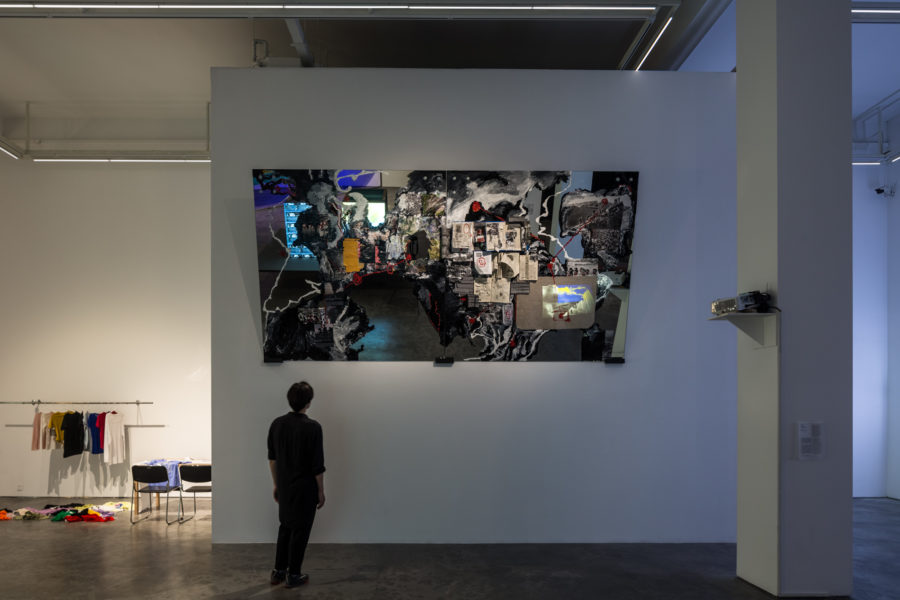
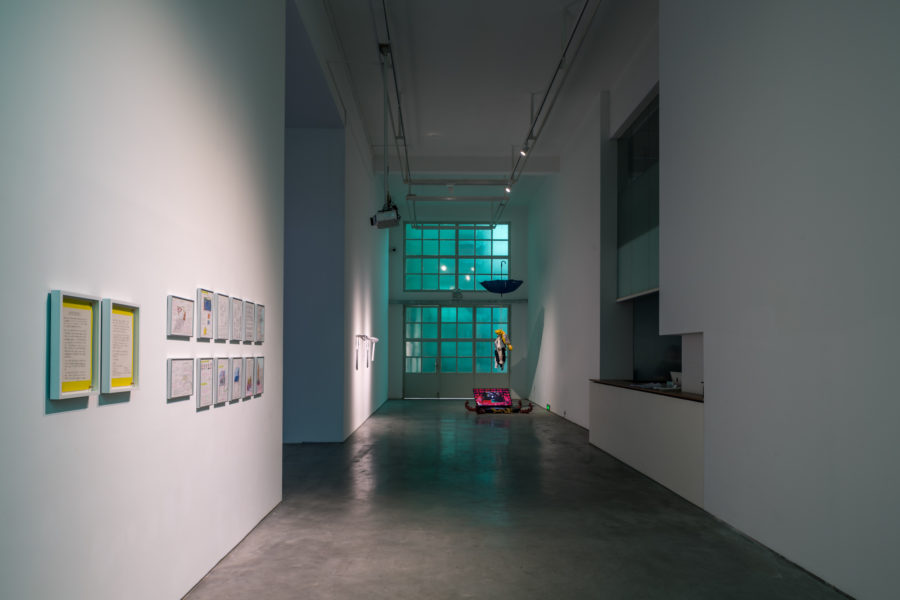
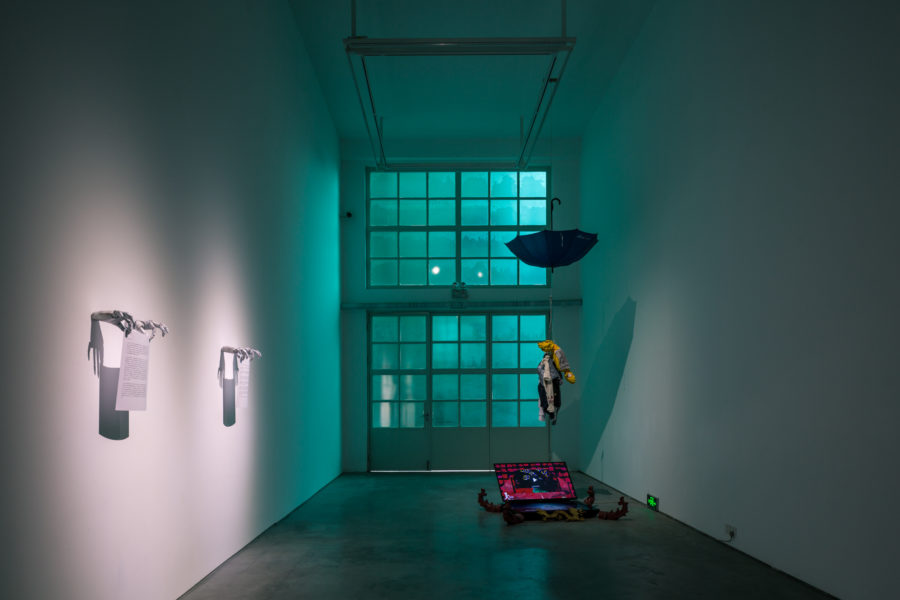
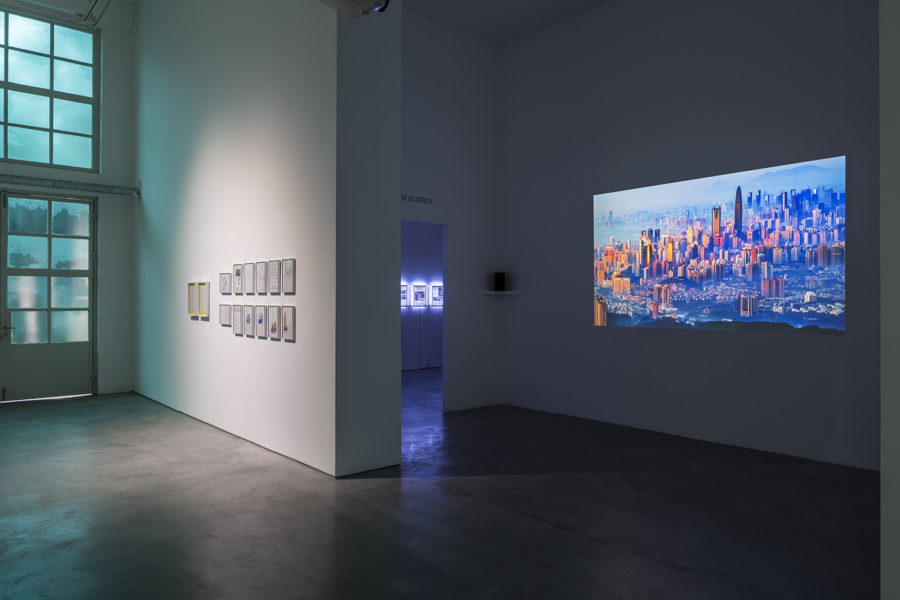
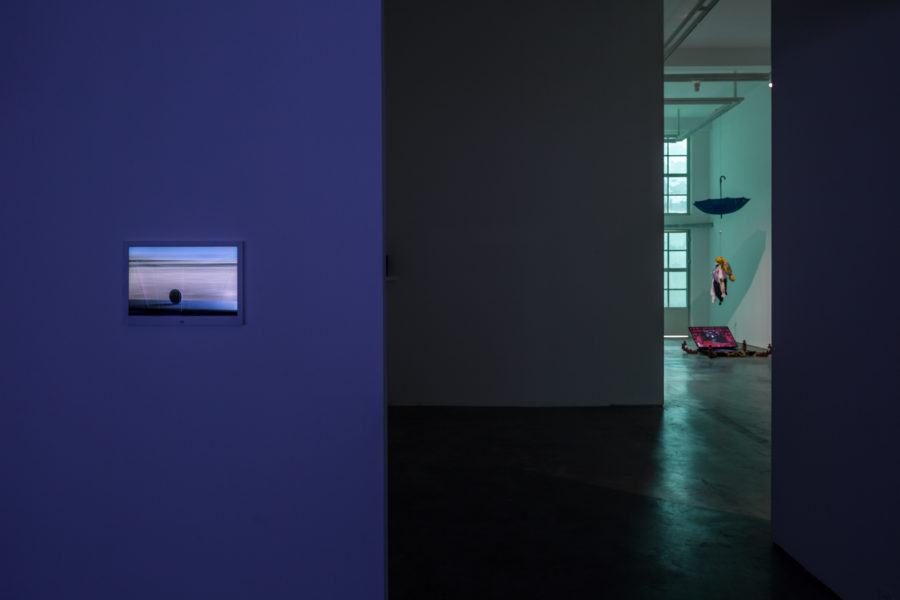
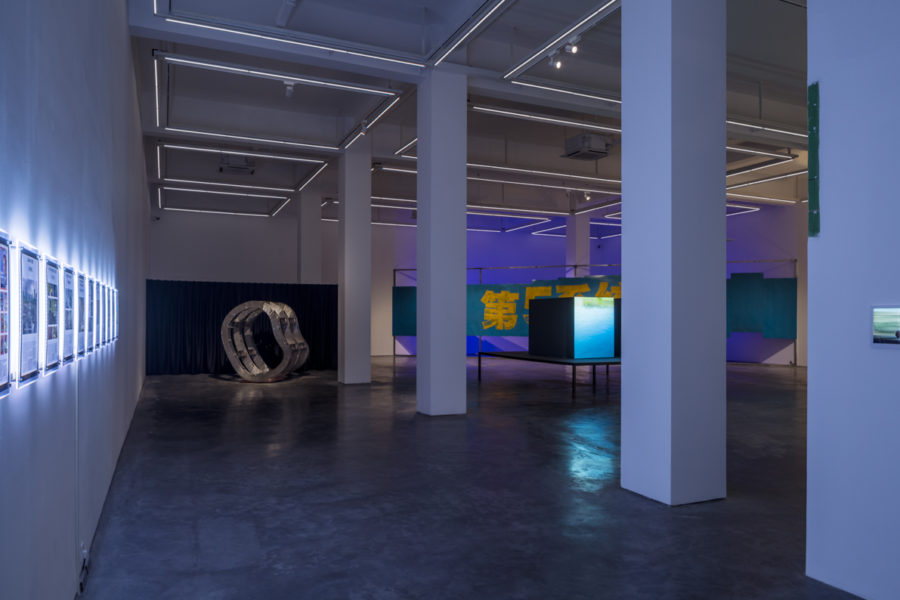
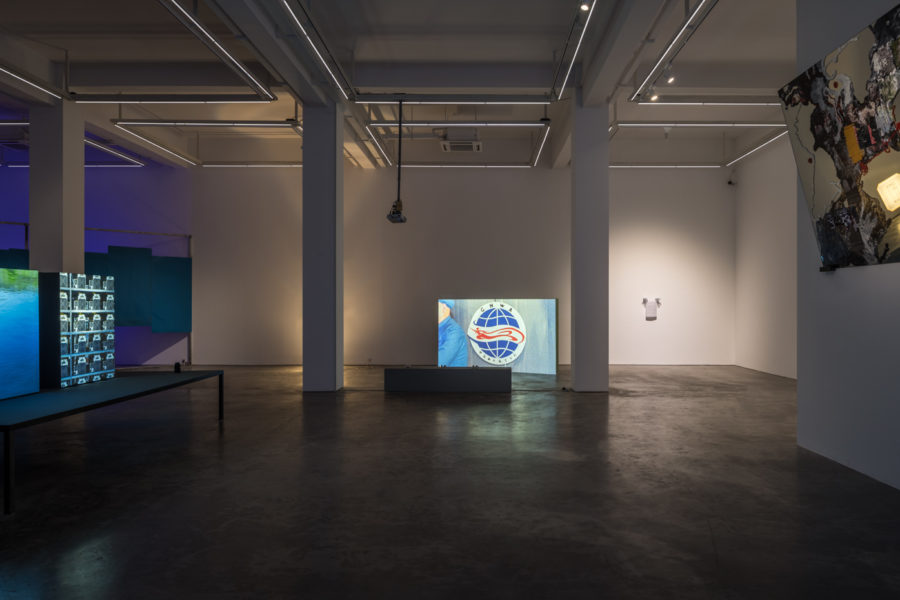
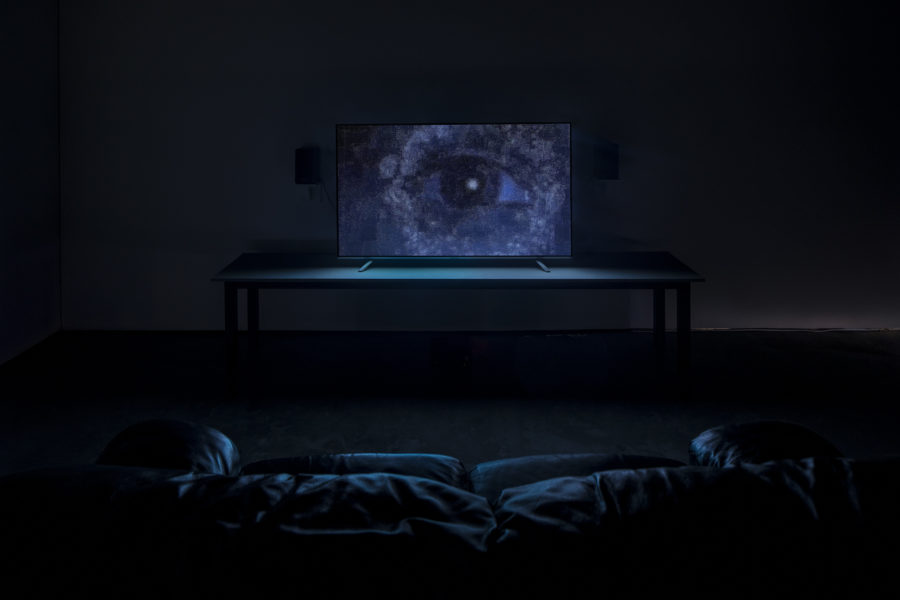

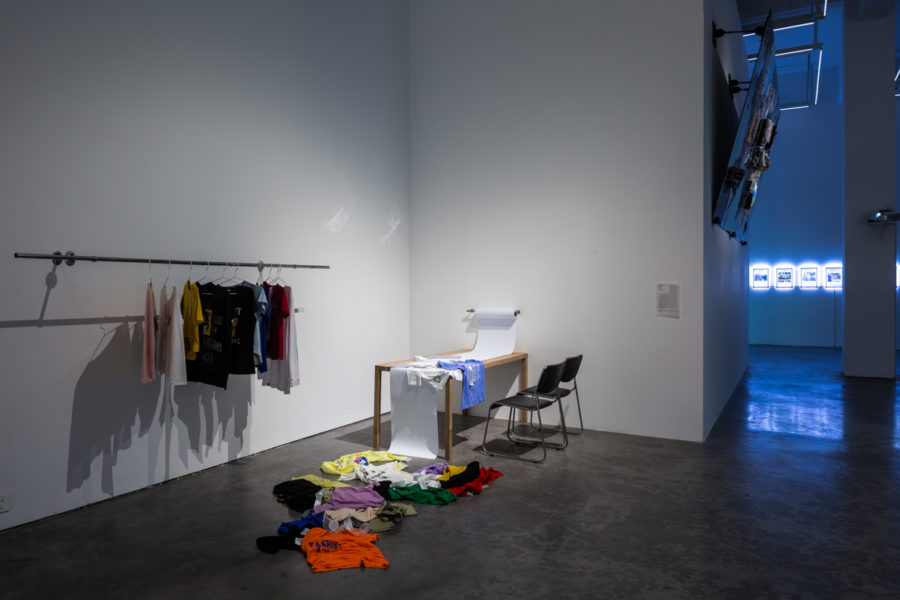
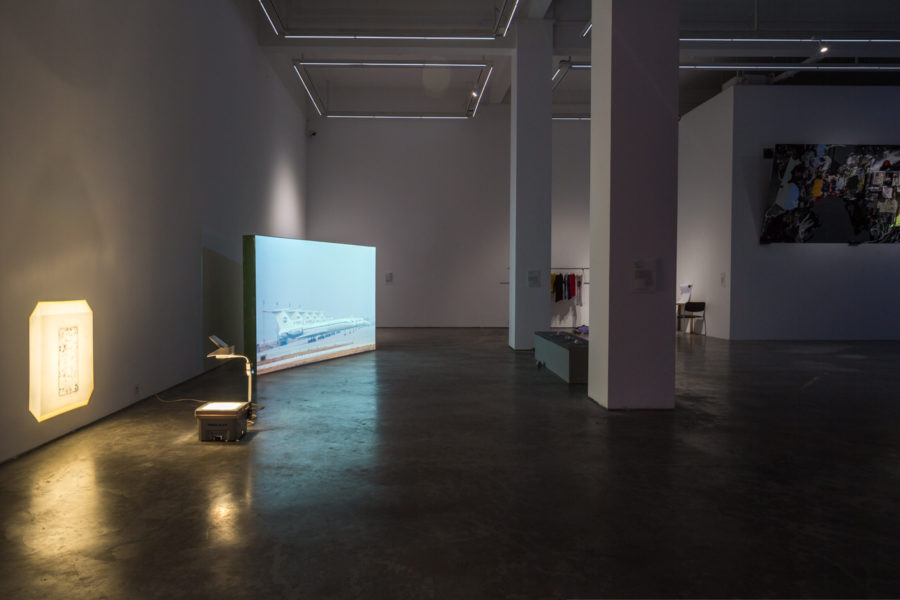
Click to get the Exhibition Brochure
“Long March Project: Building Code Violations III” is the latest installment of the exhibition series “Building Code Violations”, whose previous two iterations took place at Long March Space in 2006 and 2008. The exhibition takes the improvisational nature of building code violations in informal architecture as a metaphorical point of departure and assembles works that employ a variety of visual production methods to probe the political, social, economic and cultural realities of today.
In the exhibition’s context, “Building Code Violations” does not directly refer to a particular mode of architecture; instead, it is used as an umbrella term for the myriad forms of life that entail developing unconventional strategies to adjust to evolving social conditions. While these spontaneous architectures may be conceived as makeshift solutions to crises, the socioeconomic demand for flexibility and de-territorialization in our post-planned economy era has, rather curiously, given rise to a new norm marked by ubiquitous and complex types of violations. At the core of the exhibition series is the proposition that building code violations, which have hitherto been considered unorthodox, and formal building standards, which are generally regarded as the norm, should be understood in reverse terms today.
We suggest that this form of “permanent unorthodoxy” is also what underlies the acceleration of technology and capital flows in post-reform China, the paradigm case being the development of special economic zones.
Besides ushering in a paradigm shift in national economy, ideology, and ontology, economic reform in China is also almost unanimously regarded as the starting point of Chinese contemporary art. Yet the resulting categorical changes in China’s technological development and the movement of capital, as well as its peculiar temporality, are rarely reflected in epistemological terms in contemporary art practices. In this grand disequilibrium, the exhibition organizes works by 14 artists and collectives to speculate on the historical sensation of the reform. These immersive works strive to either trace China’s brief history of acceleration from a historical or speculative standpoint, or reevaluate the epistemic significance of the reform, giving recognizable shape to this abstract force.
Liu Chuang reinterprets the history of China’s economic reform through the speculative framework of Accelerationism.
John Gerrard’s phantom camera juxtaposes the crypto-current with the material current that powers it.
From abstraction to abstraction, Yan Lei renders the speed of invisible capital flows with his color The Fifth System.
Mineral consumption and circulation is also tracked. Wang Jianwei offers a reading of China’s industrial overcapacity, while Wang Zi uncovers the trauma of the Planet Earth.
Ho Rui An articulates how the inhuman velocity of finance is portrayed as “Asiatic.”
Through storytelling, Lu Pingyuan imbues ghosts with a new shell.
Audiovisual sampling: SCV use audiovisual sampling to observe the cultural reality of socialism, while the Shanzhai Lyric rethinks the shanzhai movement as a form of automated poetry.
Zheng Yuan investigates a defunct Chinese airline and how it stalled within historical circulation.
Inga Svala Thorsdottir & Wu Shanzhuan’s conceptual disequilibrium aims to accelerate socio-aesthetic emancipation.
The Otolith Group retrieves touch screens from the libidinal capturing system of capitalism.
Su Yu-Xin exposes the chip substructure of the iPhone, painting as a way of counter-engineering.












